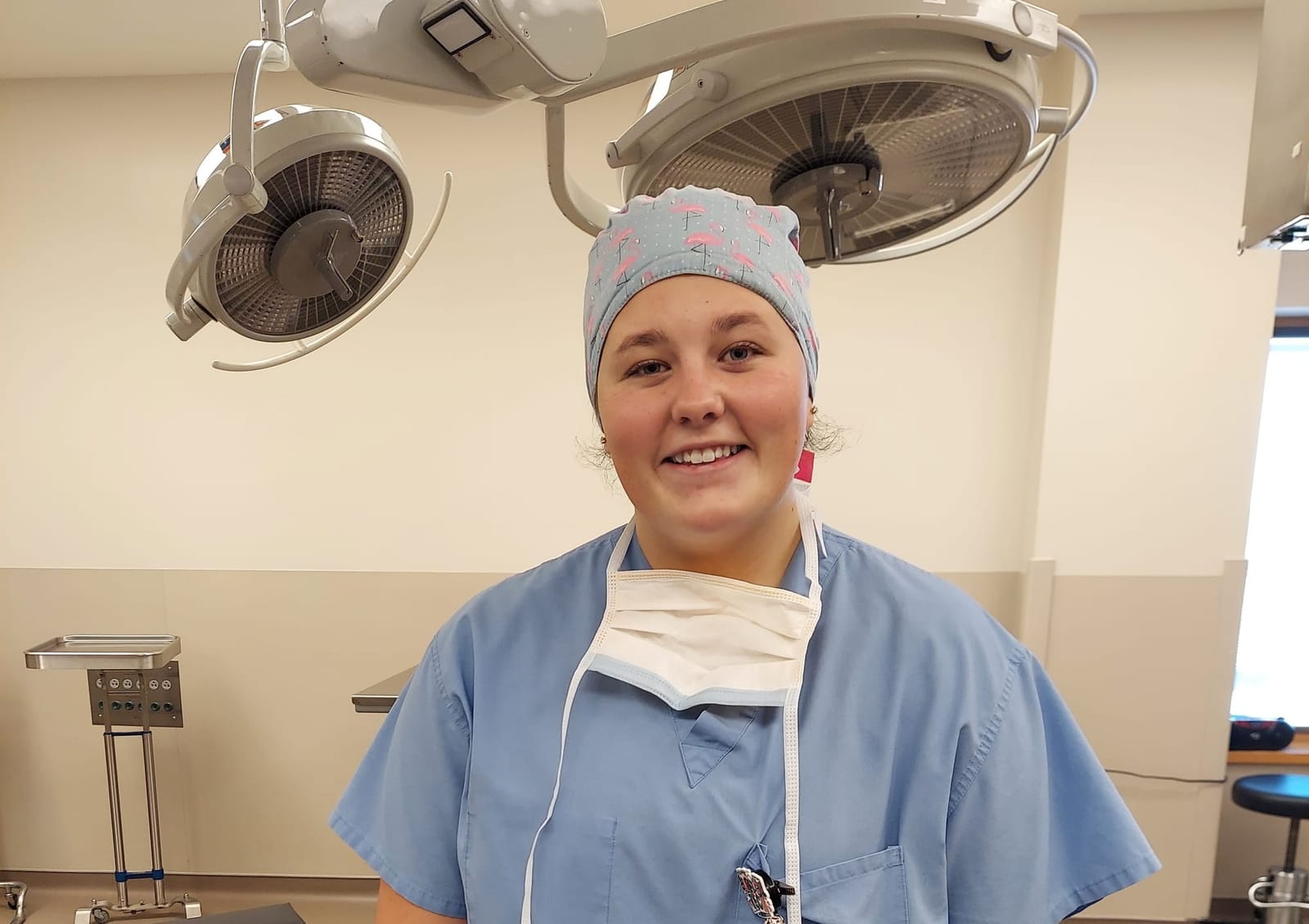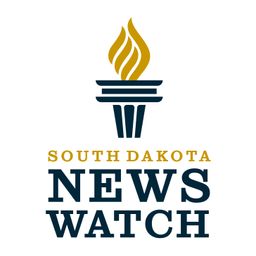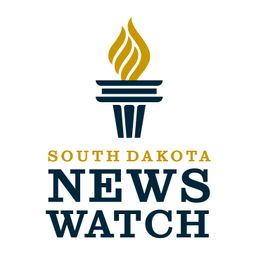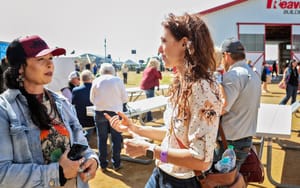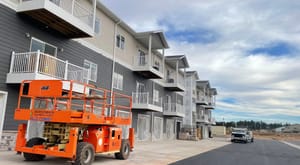When Alexis Myers tore a knee ligament the second week of practice as a senior high school basketball player in Ethan, South Dakota, it was a low point in her young life.
“There were so many emotions,” she said. “Being out for the season was really tough.”
That time away from her teammates was spent with medical professionals who prepared her for knee surgery and helped her recover, exposing Myers to a new vision for her future.
One of the physician assistants at Avera Health mentioned the Build Dakota Scholarships, a cooperative effort to fill high-need technical jobs in the state with homegrown vocational talent.
About six months later, after graduating from Ethan High School in 2022, Myers participated in a “signing day” at Southeast Technical College in Sioux Falls, South Dakota, where students sit at a table in front of family and other supporters and sign letters of intent to accept Build Dakota grants.

Myers, 21, who was sponsored by Avera to become a certified surgical technologist, earned her degree in two years and is now a surgical tech at Avera Queen of Peace Hospital in Mitchell, South Dakota, working alongside many of the same people who helped treat her knee injury.
“Coming out of school debt-free and having a degree and a job in two years is amazing,” Myers said. “I didn’t expect a bad situation to turn into a good outcome, but that’s what happened.”
Build Dakota fills high-demand jobs from within
This year marks the 10th anniversary of the Build Dakota Scholarships, a partnership among First Premier Bank, the state of South Dakota and industry partners to address workforce development in a state with one of the nation’s lowest employment rates.
Nearly 3,400 high school graduates have received the grants, which provide the full cost of tuition in exchange for a pledge to work for a South Dakota company in the student's field of training for at least three years.
It’s a different strategy than the $9 million “Freedom Works Here” ad campaign spearheaded by Gov. Kristi Noem, whose goal was to lure skilled workers from out of state to fill 20,000 open jobs in high-demand occupations such as nursing, plumbing, welding and dentistry.
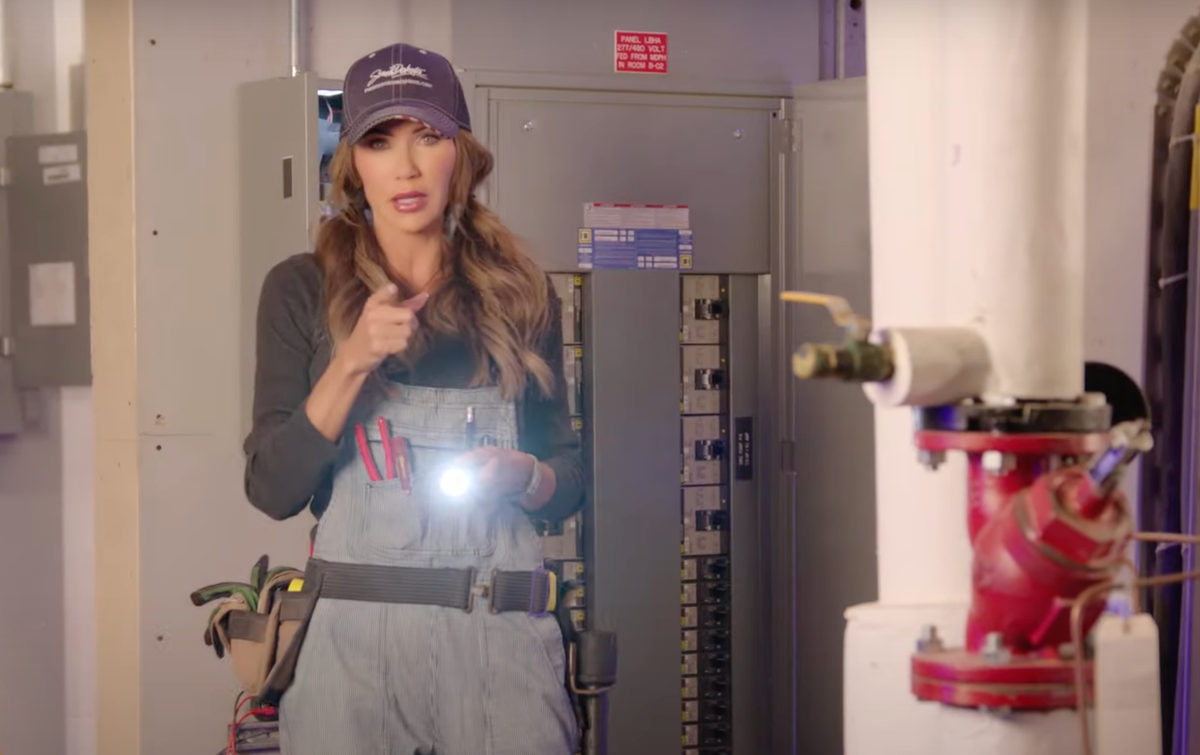
A survey of South Dakota economic development organizations by News Watch found that industry leaders heard anecdotal evidence of people moving to town but couldn't tie new workers in high-demand fields to the "Freedom Works Here" campaign with any hard data.
Build Dakota offers a way to keep things in state with tangible connections between employers and the students who are trained for specific jobs, said First Premier CEO Dana Dykhouse, who chairs the scholarship board.
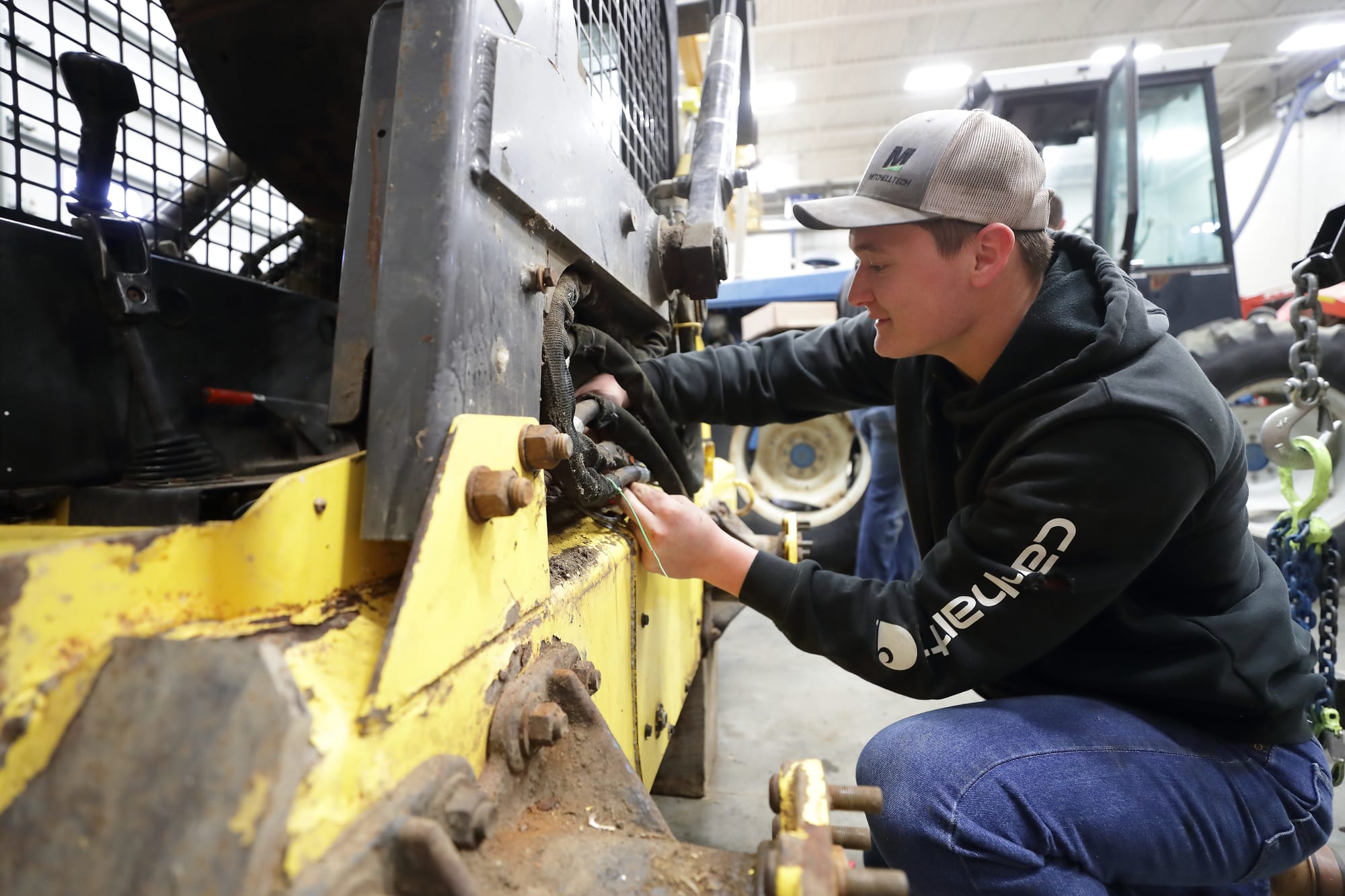
“When you talk about plumbers and electricians, it’s hard to get those people to uproot their lives and move to another state,” said Dykhouse. “If I’m an electrician in Indiana, my wages are about the same as an electrician in South Dakota. Our focus is on targeting our students at home.”
Scholarships help boost enrollment at South Dakota colleges
The grants are given at South Dakota's four technical schools — Lake Area Technical College in Watertown, Mitchell Technical College in Mitchell, Southeast Technical College in Sioux Falls and Western Dakota Technical College in Rapid City.
The program has helped boost tech school enrollment in the state to an overall head count of 7,407 in fall 2024, up 7.1% from the previous year.
Data from the state’s Board of Technical Education shows that 87% of students who graduated in 2022 were working in South Dakota or continuing their education six months after graduation.
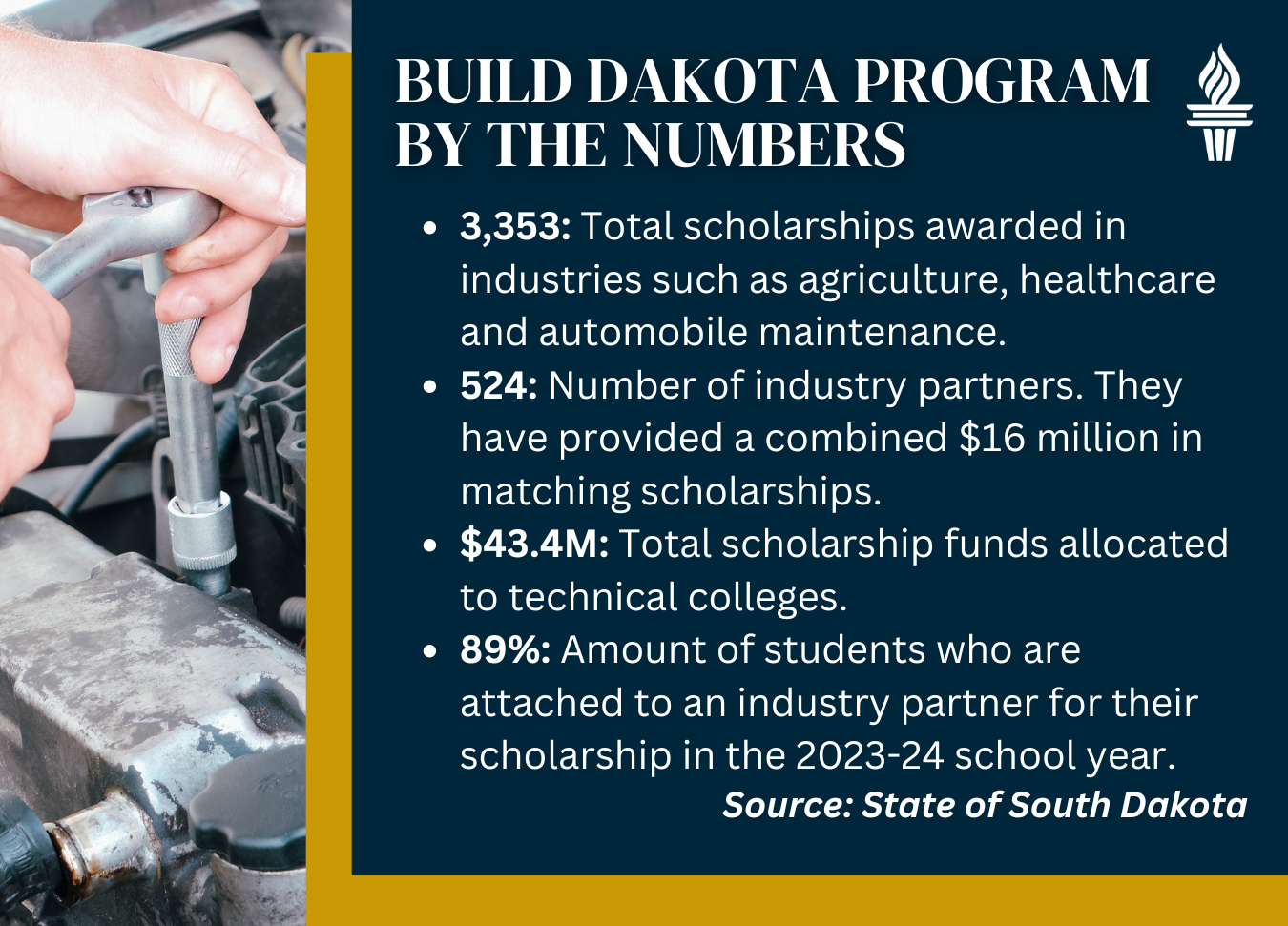
At South Dakota’s four-year public universities, 53% of 2022 graduates were working for in-state employers one year past their graduation, according to Board of Regents data. That percentage increased to 73% when narrowed to just South Dakota residents.
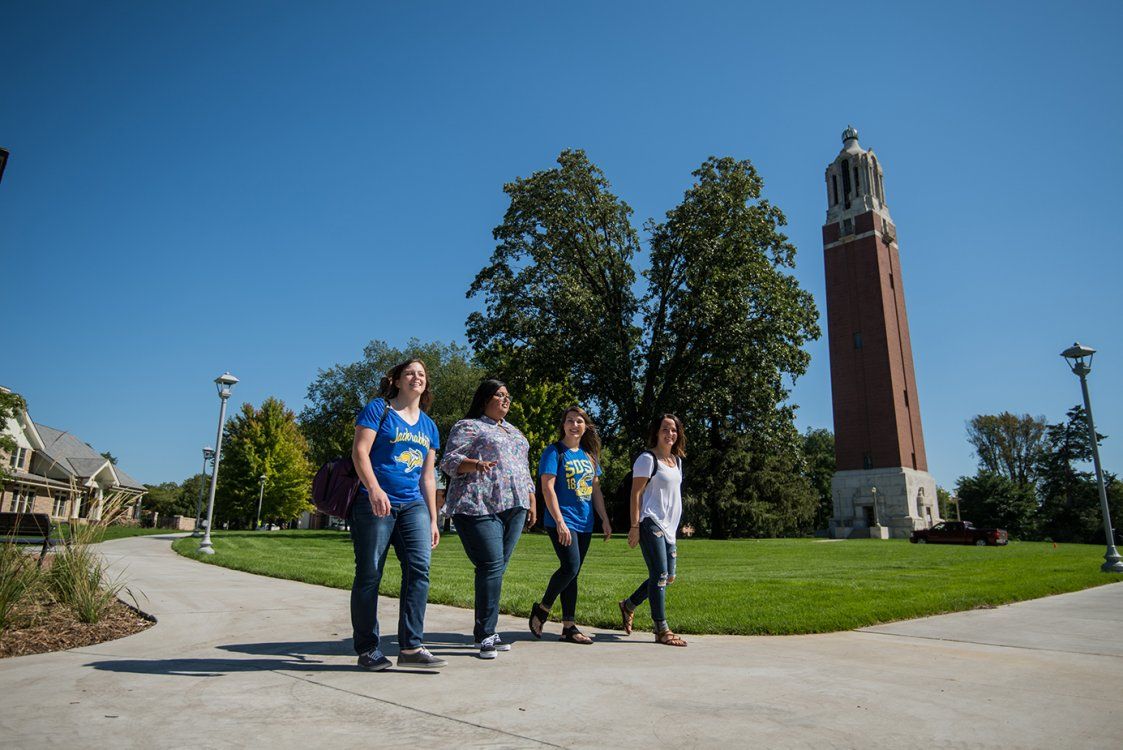
Cory Clasemann, president of Southeast Technical College, said vocational schools typically have a strong in-state retention rate, but the Build Dakota program elevates that trend by giving students a stake in the process.
"They're making a pledge to work with a South Dakota company," said Clasemann. "It becomes a real incentive and commitment to remain in South Dakota and fill those high-need technical jobs, which is the entire purpose behind the program."
'We're going to do something'
The Build Dakota concept took shape in 2013, when Dykhouse spoke at a leadership conference in Memphis, Tennessee. He sat at the same table as Bill Haslam, Tennessee’s governor at the time, who talked about a public initiative to offer free tuition to high school graduates who attended technical college in the state.
“He said, ‘We’ve upped our high school graduation rate, and we get a lot of kids into the program, but we’ve got a terrible problem,’” recalled Dykhouse. “I asked him what the problem was, and he said the carryover from year one to year two was only 17%. The theory was that if you offer it totally free, it loses its value, and the kids aren’t really invested. You’ve got to have some strings attached.”
So the framework for Build Dakota took shape, modeled after the Dakota Corps scholarships established by former Gov. Mike Rounds a decade earlier. Students would have to commit to a three-year work requirement in South Dakota or the money became a loan that they had to pay back.
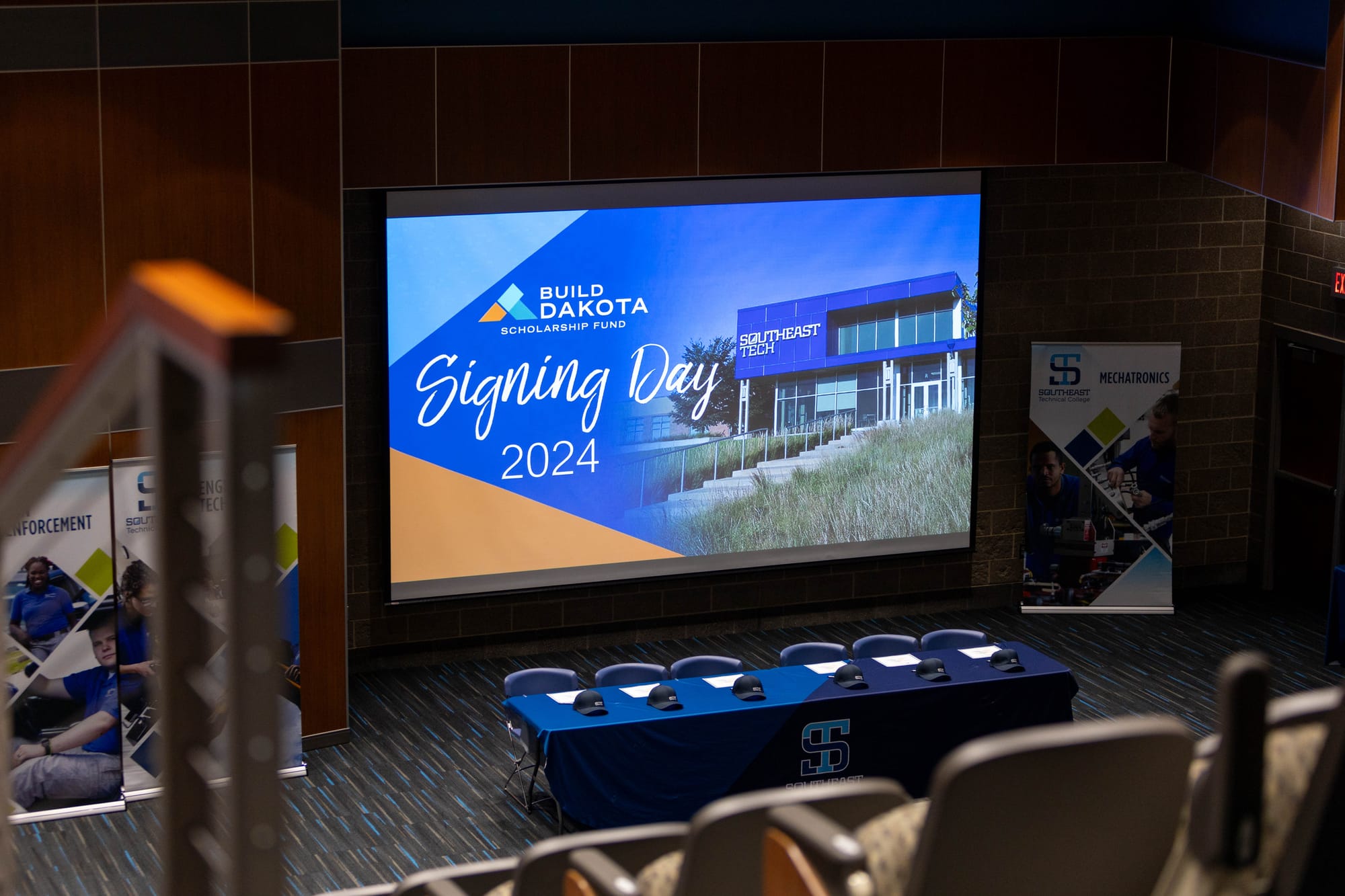
Dykhouse took the idea to First Premier founder Denny Sanford, who said he would donate $25 million if then-South Dakota Gov. Dennis Daugaard made a similar commitment with state funds.
“(Daugaard) was holding all these roundtable discussions across the state on workforce development,” Dykhouse said. “Everybody was saying that we needed to do something, but nothing was happening. Out of sheer frustration, I said to Daugaard at a session in Sioux Falls, ‘Let's do something big that will have an impact.’ And so I went and asked Denny for $25 million. He said, 'I'll do it if Daugaard will match it.’ And he did.”

At a press conference in December 2014 announcing the $50 million commitment, Daugaard and Dykhouse both spoke of removing the stigma of two-year colleges and technical jobs as something that people settle for rather than aspire to.
"These roles are critical," Daugaard said at the time. "If we get people to start their career in South Dakota, hopefully they develop roots, maybe meet their spouse and develop a relationship with an employer that evolves."
State money helped fund endowment
The state’s $25 million came from the Future Fund, which provides grants for economic development and research with money made available at the governor’s discretion. The fund is paid into with unemployment taxes from businesses.
Daugaard directed that the money go into an endowment that ensures annual payments through 2035 for the Build Dakota Scholarships. Noem has also allocated Future Fund annual payments of $2 million in 2024 and 2025 to assist with the program.
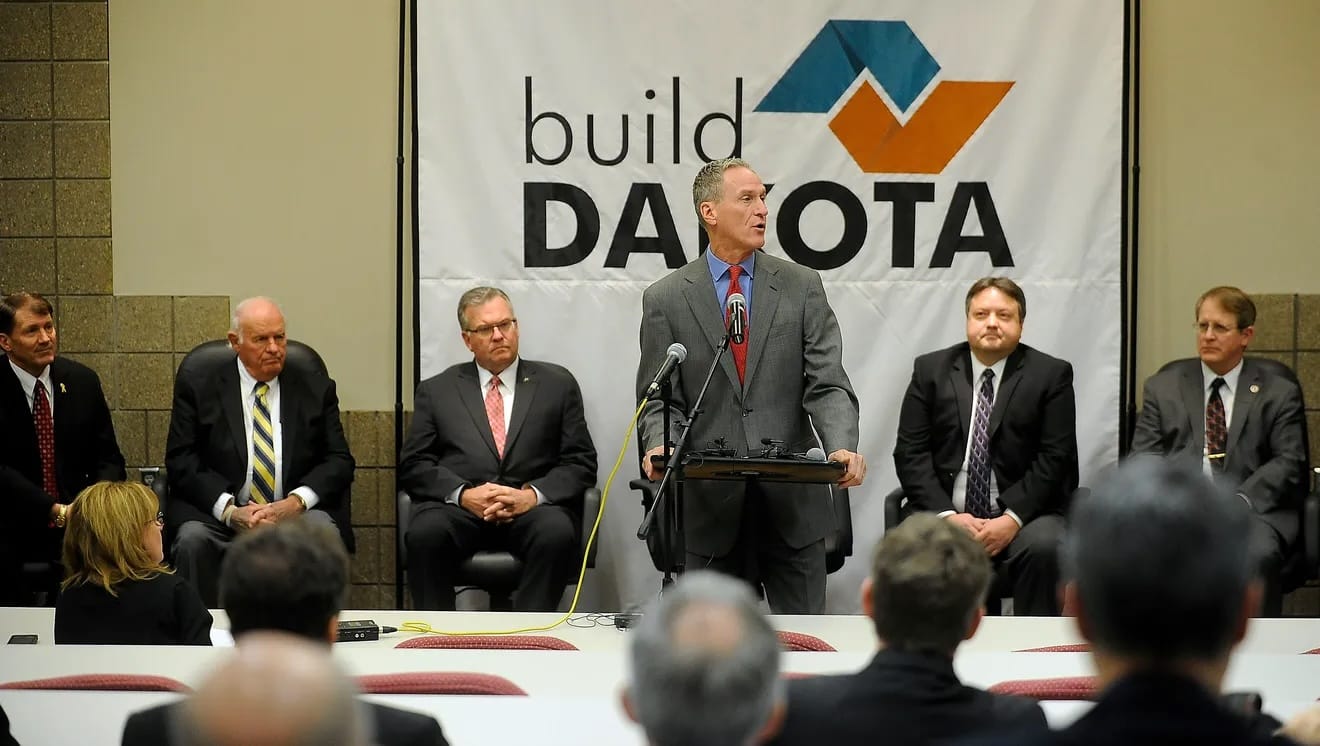
The First Premier money from Denny Sanford stretches through 2030, but $2.5 million was spent initially on a marketing campaign to try to lure technical college students from out of state to come study and work in South Dakota.
“We thought we had a great idea,” said Dykhouse. “We’d go into other states and advertise and try to get people to move to South Dakota for a free-ride, full-ride education.”
It was Deb Shephard, then-president of Lake County Community College, who bluntly told Dykhouse and others that the marketing strategy was flawed.
“Deb was on our board at the time, and she said that tech and vocational students are homing pigeons,” Dykhouse recalled. “They stay close to home. We put in all this effort and maybe 10% of the students we got were from out of state. We discovered that it was a much smarter use of our dollars to try to keep people at home.”
'We want the cream of the crop'
The Build Dakota board handed out 298 scholarships the first year, and that number increased to 533 in 2023-24. The amount of grants given is typically about a third of the applications received, according to Dykhouse.
"There are many other scholarships available," he said. "But for Build Dakota, if we're gonna give them a free education, we really want the cream of the crop, and we want the ones that are going to stay here and be valuable employees."
Of the students who received Build Dakota grants since 2014, half are either still attending school or are in the South Dakota workforce, while 22% have completed the program. Nearly a third (30%) didn't fulfill their commitment, of which 20% are in repayment and 8% have repaid in full.
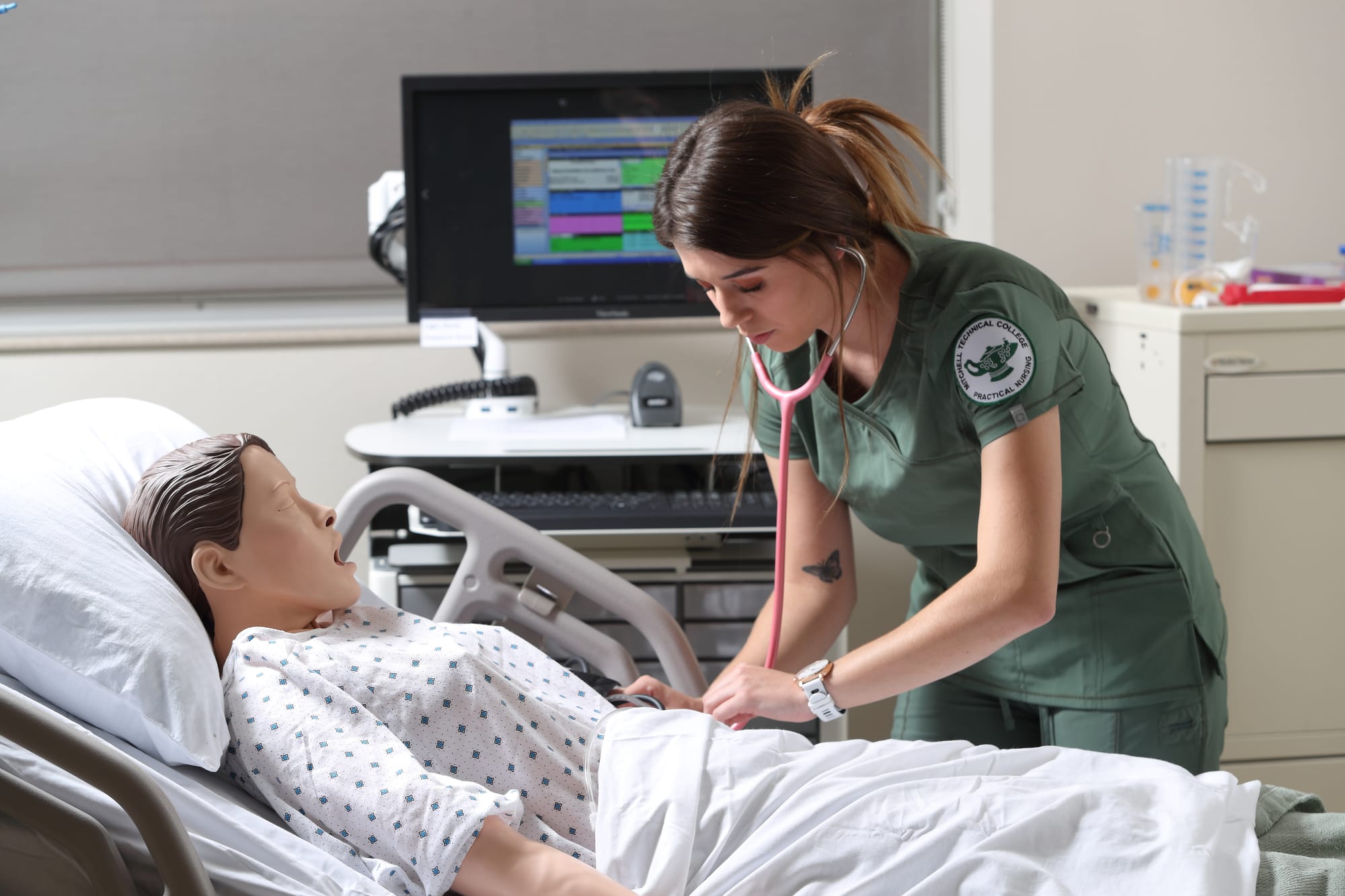
Some of those who didn't honor the three-year work requirement took jobs in other states, where their employer offered to pay off their loan, Dykhouse said.
Industry partners such as Avera and Sanford Health have become integral to keeping Build Dakota scholars in state, investing in qualified students to be trained for nursing jobs and also high-demand fields such as surgical and radiologic technology.
Partnerships also come from small-town plumbing and construction firms and community foundations looking to fill specific jobs and willing to pay for the training.
At Southeast Tech, there were 164 Build Dakota scholarship recipients for 2024-25, all of them with an industry partner. Overall, industry partners contributed $4.2 million to the scholarship fund last year, compared to $142,336 when the program started a decade ago.
“Every industry donor dollar is matched with Build Dakota dollars,” said Clasemann. “That allows us to increase the number of students in the program while also making sure that every student is connected with a company that they’re going to work with upon graduation.”
Ad campaign to highlight tech education
For Myers, now working as a surgical tech in Mitchell and living at home in Ethan, the challenge of rehabbing her knee injury led to rewarding opportunities.
She briefly entered a game and scored a basket at the Corn Palace in Mitchell late in the 2021-22 season, providing a feel-good moment after missing most of her senior year.
Then came the signing day ceremony at Southeast Tech, an annual summer event modeled after the tradition of high school athletes announcing their college choice surrounded by fanfare and family. On this occasion, students were preparing to study vocations as varied as automotive technology, sports turf management, construction management, computer programming and veterinary tech.
"I was hesitant about going (to signing day) because I'm sort of an introvert and didn't want to be the center of attention," said Myers. "But I'm glad I did it. Getting the scholarship is really rewarding, so to be able to celebrate with the people who got you there is great."
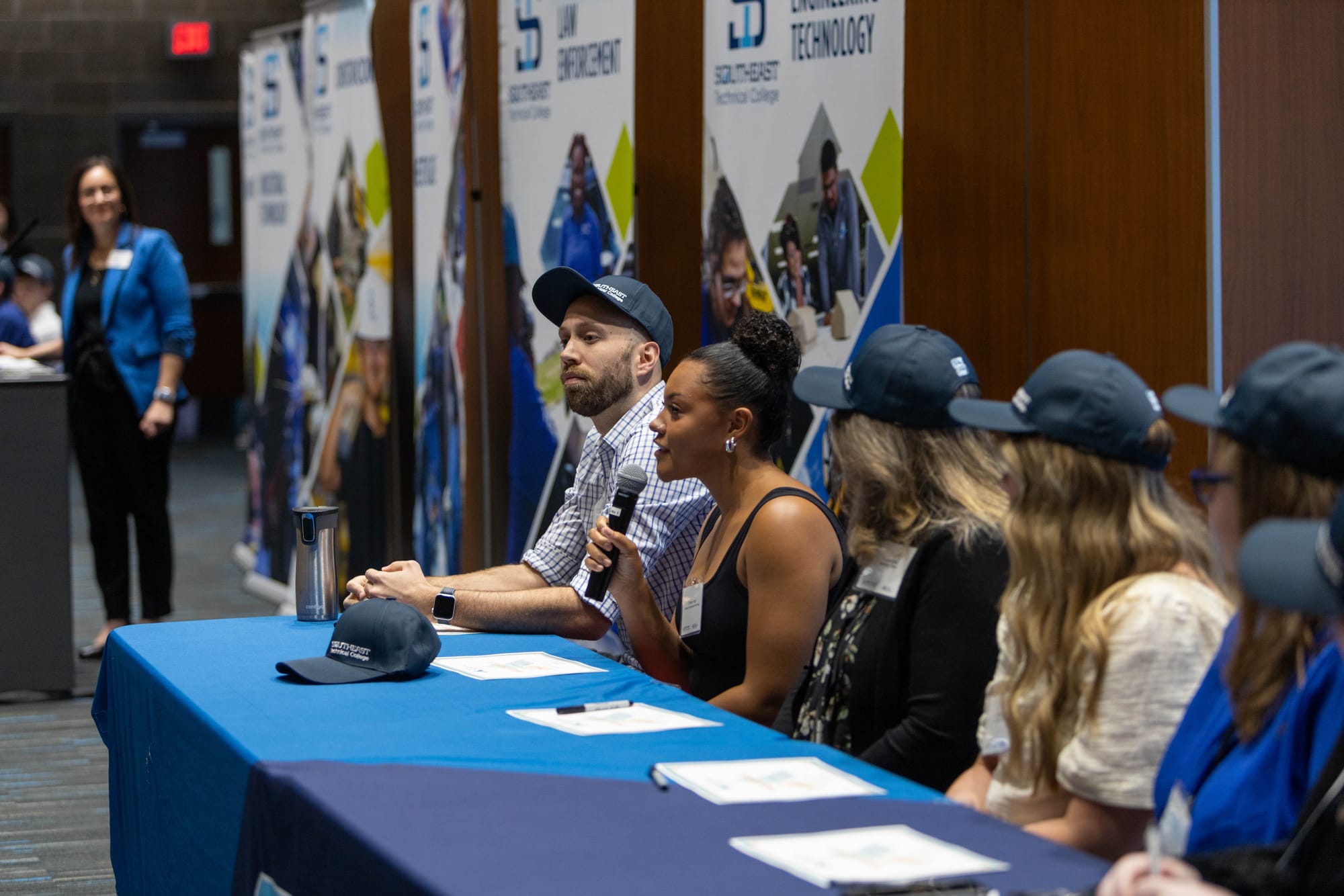
Now Myers works at Avera Queen of Peace, preparing operating rooms, arranging equipment, ensuring sterilization and helping doctors and first assistants during surgeries. She's one of 200 students that Avera has sponsored through the Build Dakota program over the past five years.
Those achievements will be highlighted with a three-year, $1.5 million advertising campaign focusing on the benefits of technical education, with an emphasis on South Dakota high school students helping to address local workforce needs.
"Our focus is on growing our own right here in South Dakota," said Dykhouse.
This story was produced by South Dakota News Watch, an independent, nonprofit news organization. Read more in-depth stories at sdnewswatch.org and sign up for an email every few days to get stories as soon as they're published. Contact investigative reporter Stu Whitney at stu.whitney@sdnewswatch.org.

